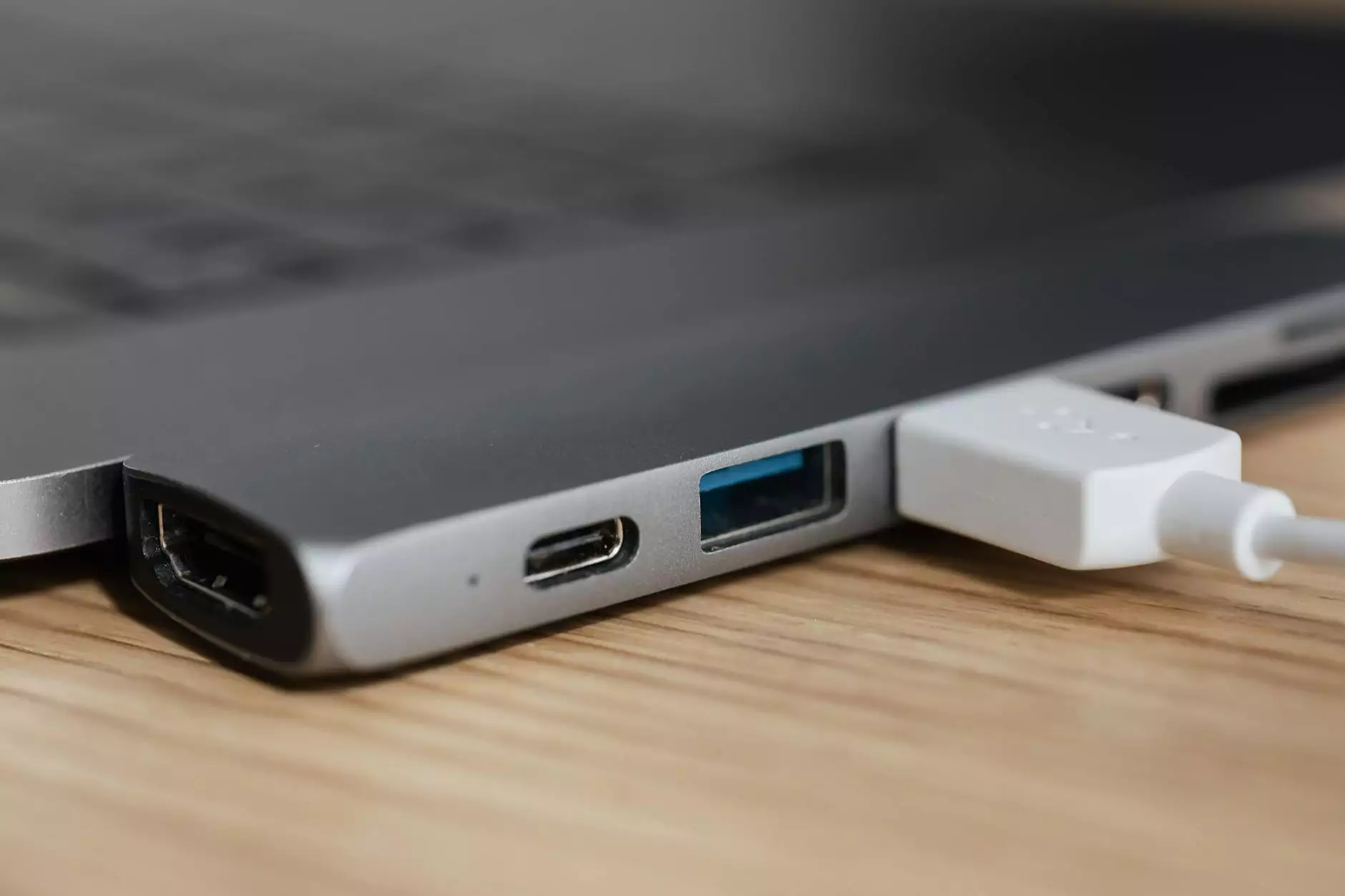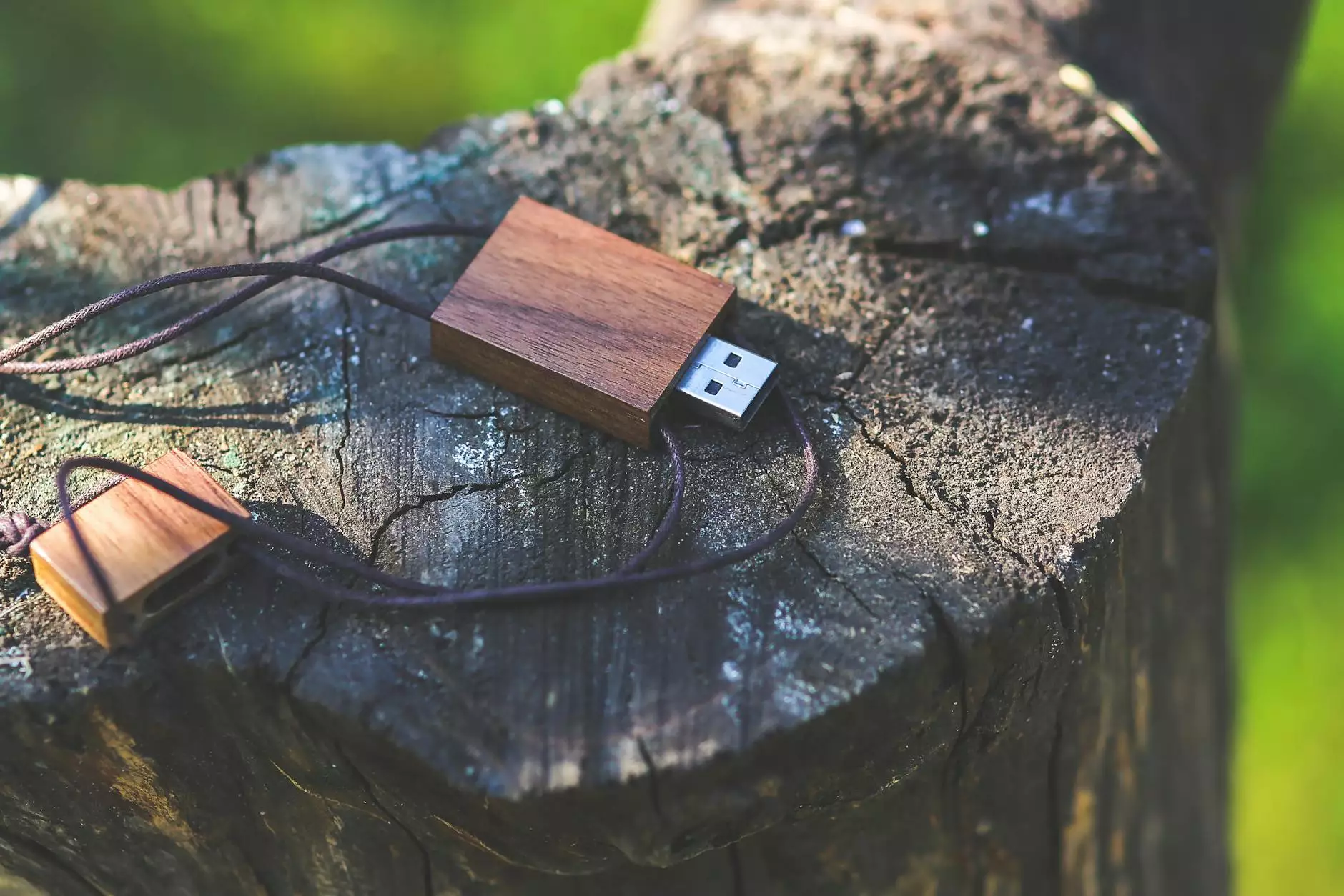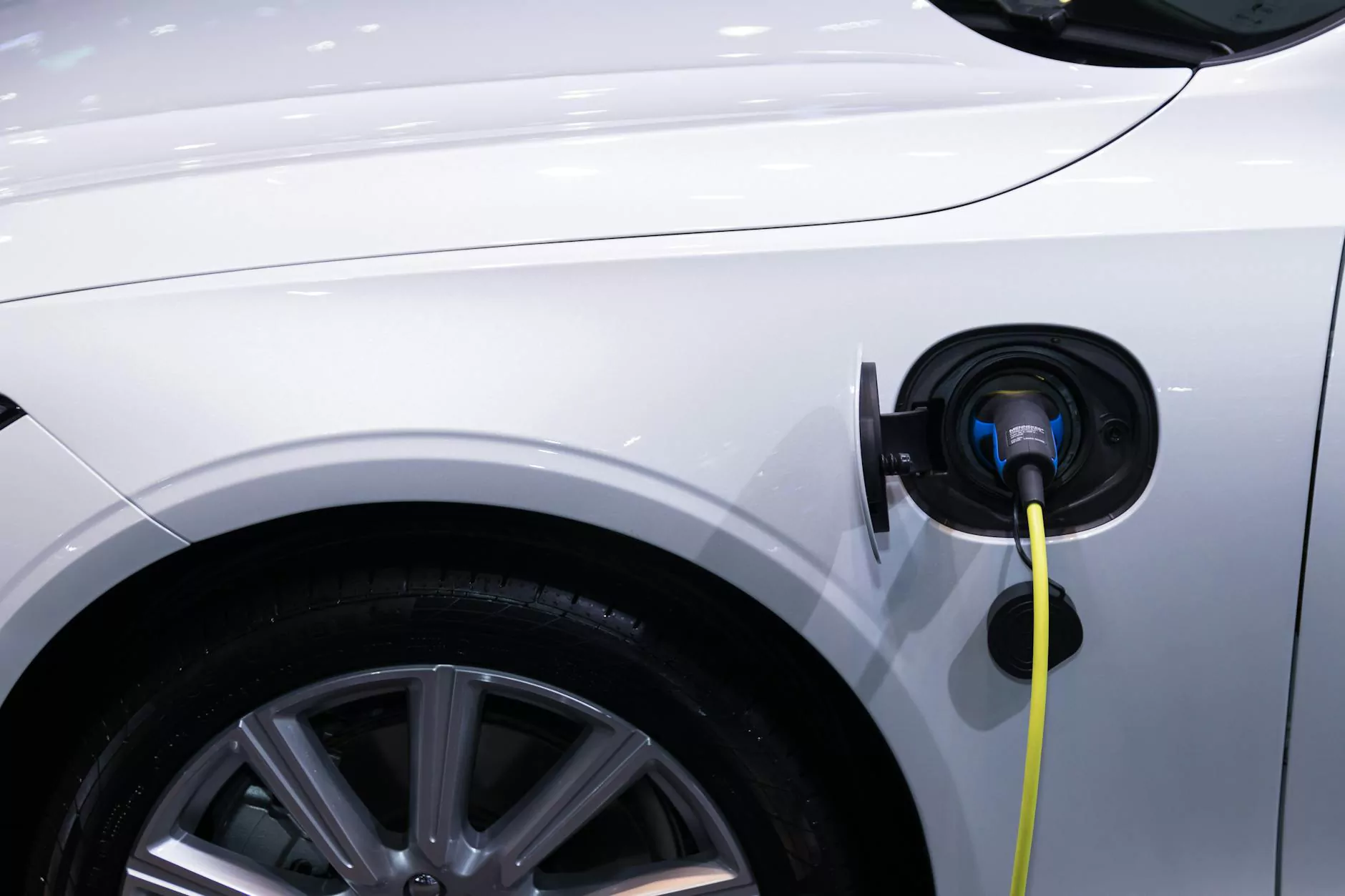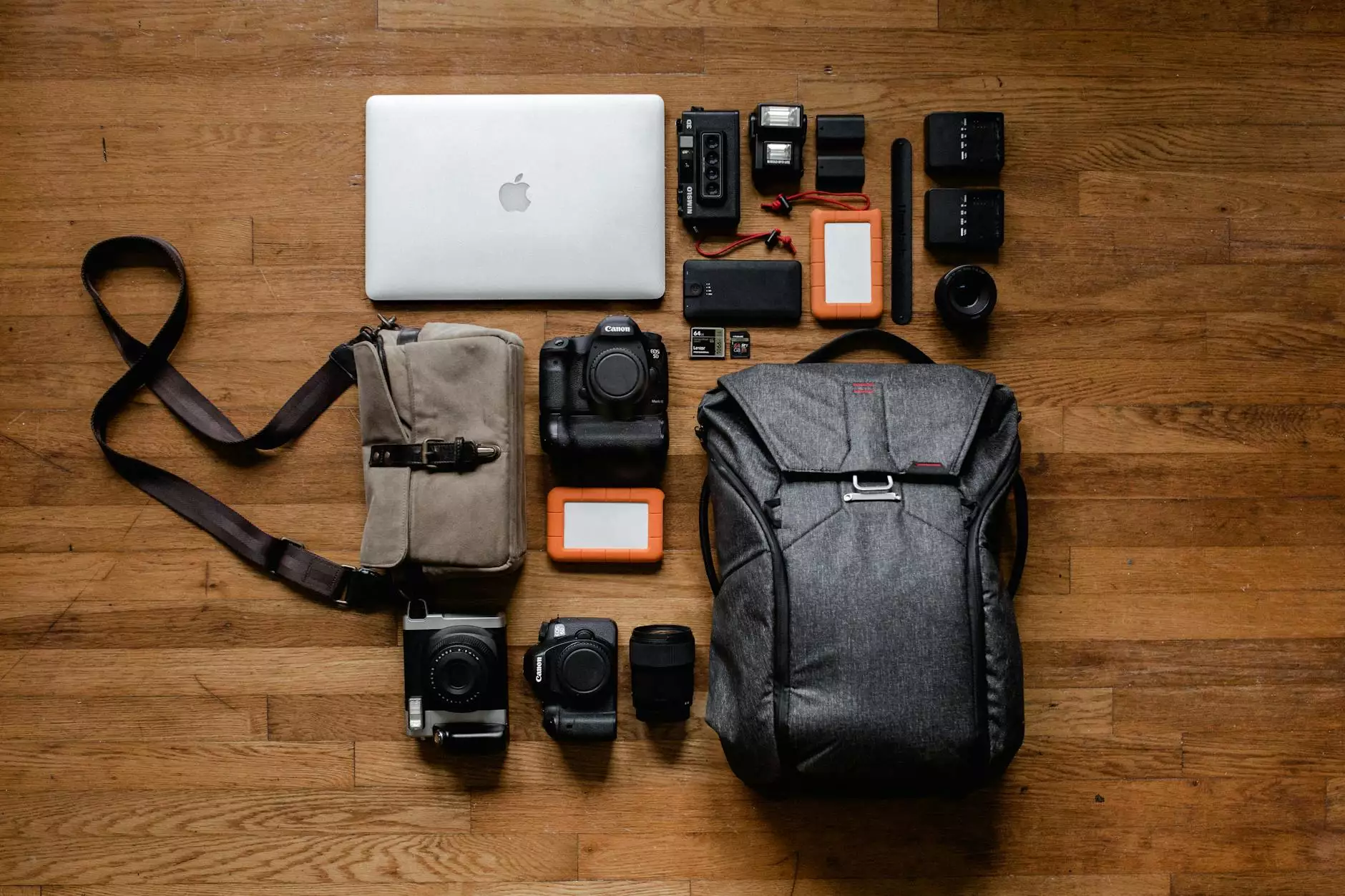How to Speed Up USB Transfer
Marketing
If you are tired of waiting for your USB transfers to complete, you are not alone. Slow USB transfer speeds can be frustrating, especially when you are trying to move large files quickly. In this comprehensive guide brought to you by Magna Social Media, a trusted name in Business and Consumer Services - Digital Marketing, we will explore various methods to make your USB transfers faster.
1. Update Your USB Drivers
One of the simplest yet often overlooked ways to speed up USB transfer is to ensure that your USB drivers are up to date. Outdated drivers can cause slow transfer speeds and compatibility issues. Visit the manufacturer's website to download the latest drivers for your USB device.
2. Use High-Quality USB Cables
Not all USB cables are created equal. Using low-quality or damaged USB cables can degrade transfer speeds significantly. Invest in high-quality USB cables to ensure optimal performance during file transfers.
3. Disable Background Processes
Background processes consuming system resources can slow down USB transfers. Close unnecessary applications and tasks running in the background to free up resources and improve transfer speeds.
4. Optimize File Transfers
When transferring files to a USB drive, it is essential to organize and optimize the data. Avoid transferring large numbers of small files at once, as this can slow down the process. Instead, consolidate files into larger batches to speed up transfers.
5. Use USB 3.0 Ports
USB 3.0 ports offer significantly faster transfer speeds compared to older USB versions. Make sure to connect your USB device to a USB 3.0 port on your computer for quicker file transfers.
6. Clear Temporary Files
Temporary files and cache data can hog system resources and impact transfer speeds. Regularly clear temporary files and cache to free up space and improve USB transfer performance.
7. Scan for Malware
Malware and viruses can affect system performance, including USB transfer speeds. Run a malware scan on your computer regularly to ensure that your system is clean and optimized for fast file transfers.
8. Use USB Turbo Mode
Some USB devices come with a Turbo mode feature that can boost transfer speeds significantly. Check if your USB device supports Turbo mode and enable it for faster file transfers.
9. Defragment Your USB Drive
Fragmented data on the USB drive can lead to slower transfer speeds. Use a disk defragmentation tool to defragment your USB drive and optimize data placement for faster transfers.
10. Upgrade to an SSD
If you frequently deal with large file transfers, consider upgrading to a Solid-State Drive (SSD). SSDs offer faster read and write speeds compared to traditional hard drives, resulting in quicker USB transfers.
By following these expert tips from Magna Social Media, you can significantly improve your USB transfer speeds and enhance your overall productivity. Try implementing these strategies today and experience the difference in speed and efficiency!









